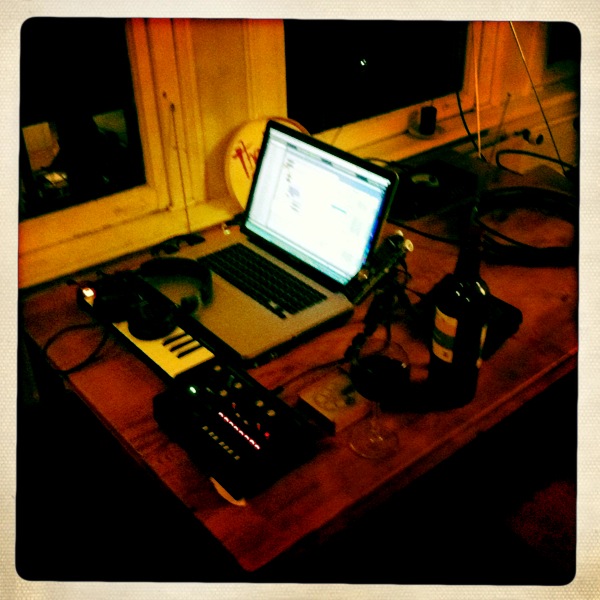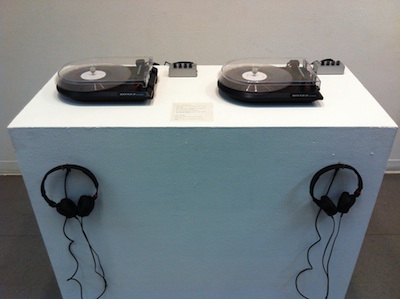
Broadcast live on 97.1MHz FM Amsterdam.
I. Rembrandtplein
II. Utrechtsestraat Shining
III. Black Light (for Peter Christopherson)

Broadcast live on 97.1MHz FM Amsterdam.
I. Rembrandtplein
II. Utrechtsestraat Shining
III. Black Light (for Peter Christopherson)
About signal.toNoise:
I first became interested in minimalism as an undergraduate while studying painting. I recall reading Sol LeWitt’s “Sentences on Conceptual Art” and being taken by his statement: “Successful art changes our understanding of the conventions by altering our perceptions.” This radically changed how I viewed many minimalist works moving forward. Monochromatic pieces like Rauschenberg’s white canvases, which influenced John Cage’s 4’33”, took on a whole new meaning for me. It became apparent that environment, lighting, sound and smell, etc. could alter the viewers perception of an artwork. Over the years, the essence of these ideas have always resonated with me. Whether in my performance work, videos, net.works, sound or music, the idea of challenging perception has always been key.
Recently, I’ve been thinking a lot about the general understanding of noise. Most people would consider it a distrubance to an otherwise desired experience. Static during a weak radio or television transmission or a child crying during a church sermon could be seen as anomalies that “ruin” the expected outcome of an otherwise desired event. Over the years we’ve attempted to purify these experiences with technologies that attempt to filter the noise from our lives. Dolby Laboratories, during the heyday of cassettes tapes, developed a noise reduction system that was built into most stereo compontents. This filter emphasized the audible frequency range and diminished tape hiss, an artifact of the recording process similar to white noise. Wet cleaning vinyl records became a popular method for audiophiles to reduce the crackle and pops from LP playback. And more recently, digital or internet radio has all but eliminated weak signal noise or static common with old antenna tuners.
In a system similar to composting, the works in the Signal To Noise series recycle a particular medium’s inherent, undesirable sonic traits (cassettes hiss, radio static, digital music compression etc.) and presents them for consideration as the final work of art.

Clicks and Cuts:
20 minutes of equalized record clicks and pops pressed back onto 10″ clear vinyl records.
Edition of 5 albums.
IEC Type II:
C-90 Type II. cassette tape.
45 minutes of equalized tape hiss per side.
Edition of 9 cassettes.
128kbps:
40 minutes of isolated mp3 compression.
Edition of 4 iPods containing the mp3 file.
Presented on Apple mini’s for the exhibition.
whiteOut:
FM broadcast.
Live FM tuner static being rebroadcast in full stereo on 93.5 MHz FM over an approximate
distance of 4-5 miles.
The_Signal.mp3
– jason.sloan discussing the signalTo.noise series on Baltimore’s NPR affiliate WYPR. Original air date 1/27/12 -1/28/12
– Review of Signal To Noise at Disquiet
The signal.toNoise exhibition will be on view Friday, Jan. 27 through Sunday, March 11 at the Maryland Institute College of Art. Pinkard Gallery (1401 W. Mount Royal Ave.). A reception will be held on Friday, Jan. 27, 5-7 p.m.

The folks over at Hypnagogue have written a wonderful review of my newest album (s)END. Head over and check it out. READ REVIEW